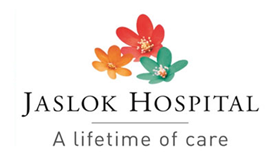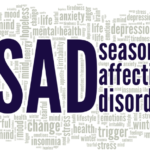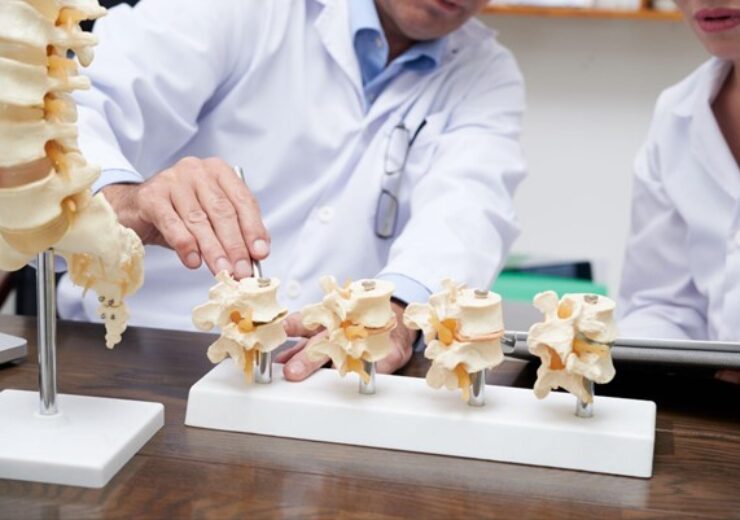The Potential of Stem Cell-Derived Growth Factors in Orthobiologics

Understanding Stem Cells and Growth Factors
The field of orthopedic medicine is continuously evolving, with innovative approaches aimed at enhancing healing processes and improving patient outcomes. One of the most promising advancements in this arena is the use of stem cell-derived growth factors in orthobiologics. This blog will explore the potential of these growth factors, their mechanisms of action, applications in orthopedic treatment, and their future in clinical settings.
Orthobiologics encompass natural substances used to facilitate the body’s healing process. These substances can significantly impact the treatment of various orthopedic conditions, such as fractures, sports injuries, and degenerative diseases like osteoarthritis. Key components of orthobiologics include stem cells and growth factors.
Growth Factors
Growth factors are proteins that play a key role in cell growth, proliferation, differentiation, and survival. They are essential signaling molecules that regulate various cellular processes, including tissue repair, embryonic development, and immune response. Growth factors bind to specific receptors on the surface of cells, triggering a cascade of signaling pathways that control cell behavior.
There are many different types of growth factors, each with specific functions and roles in the body. Some examples of growth factors include epidermal growth factor (EGF), fibroblast growth factor (FGF), insulin-like growth factor (IGF), and platelet-derived growth factor (PDGF). These growth factors are involved in a wide range of physiological processes, and they are also being studied for their potential therapeutic applications in regenerative medicine, cancer treatment, and other medical fields.
Stem Cells
Stem cells are special cells in the body that have the ability to develop into many different types of cells, such as muscle cells, nerve cells, or blood cells. They are essential for the growth, development, and repair of tissues in the body. Stem cells can divide and renew themselves over a long period of time, which allows them to regenerate and repair damaged tissues. There are different types of stem cells, including embryonic stem cells, adult stem cells, and induced pluripotent stem cells, each with their own unique characteristics and potential applications in medical research and treatments.
The integration of stem cells and growth factors in orthobiologics represents a groundbreaking approach to enhancing the body’s natural repair mechanisms.
The Role of Stem Cells in Healing
Stem cells are unique in their ability to self-renew and differentiate into various cell types. This makes them incredibly valuable in regenerative medicine. When stem cells are harvested and cultured, they can produce various growth factors that have significant implications for healing and tissue regeneration. Key growth factors in stem cell include:
- Bone Morphogenetic Proteins (BMPs): These proteins are essential for bone formation and repair. BMPs stimulate mesenchymal stem cells to differentiate into osteoblasts, which are crucial for bone healing.
- Vascular Endothelial Growth Factor (VEGF): VEGF promotes angiogenesis, the formation of new blood vessels, which is vital for supplying nutrients and oxygen to healing tissues.
- Transforming Growth Factor-Beta (TGF-β): TGF-β controls the proliferation and differentiation of stem cells, promoting the formation of chondrocytes (cartilage cells) and osteoblasts.
Mechanisms of Action
The effectiveness of stem cell-derived growth factors in orthobiologics is attributed to several key mechanisms:
- Cell Proliferation and Differentiation: Growth factors from stem cells accelerate the proliferation of resident stem cells while facilitating their differentiation into specialized cell types needed for tissue repair.
- Angiogenesis: By promoting the formation of new blood vessels, growth factors from stem cells ensure that healing tissues receive adequate blood supply, which is essential for recovery.
- Modulation of Inflammation: Growth factors in stem cell can help regulate the inflammatory response, reducing chronic inflammation and promoting a more favorable healing environment.
- Extracellular Matrix Production: These factors stimulate the production of the ECM, providing structural support for new tissues and enhancing the overall healing process.
Applications in Orthopedic Medicine
The integration of stem cell-derived growth factors into orthobiologics has numerous potential applications in orthopedic medicine:
- Fracture Healing: Utilizing growth factors can significantly enhance the healing process for fractures, leading to quicker recovery times and improved outcomes.
- Tendon and Ligament Repair: Growth factors can be used with tissue grafts or injectable therapies to improve the healing of tendon and ligament injuries.
- Treatment of Osteoarthritis: Stem cell-derived growth factors hold the potential to regenerate cartilage, providing relief for patients suffering from osteoarthritis and improving their quality of life.
Clinical Implications
The application of stem cell-derived growth factors in clinical settings raises several important considerations:
- Therapeutic Delivery: Effective delivery methods are essential for maximizing the therapeutic impact of these growth factors. This includes local injections or incorporation into scaffold materials.
- Safety and Efficacy: Long-term studies are necessary to establish the safety and efficacy of stem cell-derived growth factors, ensuring that treatments provide significant benefits without adverse effects.
- Regulatory Approval: Navigating regulatory frameworks is crucial for bringing these innovative therapies to market, requiring rigorous clinical trials to demonstrate their safety and effectiveness.
Future Directions
The future of stem cell-derived growth factors in orthobiologics is promising. Ongoing research aims to optimize the harvesting and application of stem cells and to understand the specific mechanisms through which growth factors operate. Additionally, developing innovative delivery methods, such as 3D bioprinting for tissue scaffolding, may further enhance the effectiveness of these treatments. Best Orthobiologics Disease Doctors like in our RNR Medicine Department at Jaslok Hospital, are at the forefront of this research, contributing to advancements in regenerative medicine.
Related: Future Treatment Options in Exosome Therapy: Promise for Orthopedic Regeneration
Collaboration among researchers, clinicians, and industry stakeholders will be vital in unlocking the full potential of stem cell-derived growth factors and translating these findings into clinical practice. As research continues to progress, the integration of these advanced therapies could revolutionize the management of orthopedic injuries and degenerative conditions.





